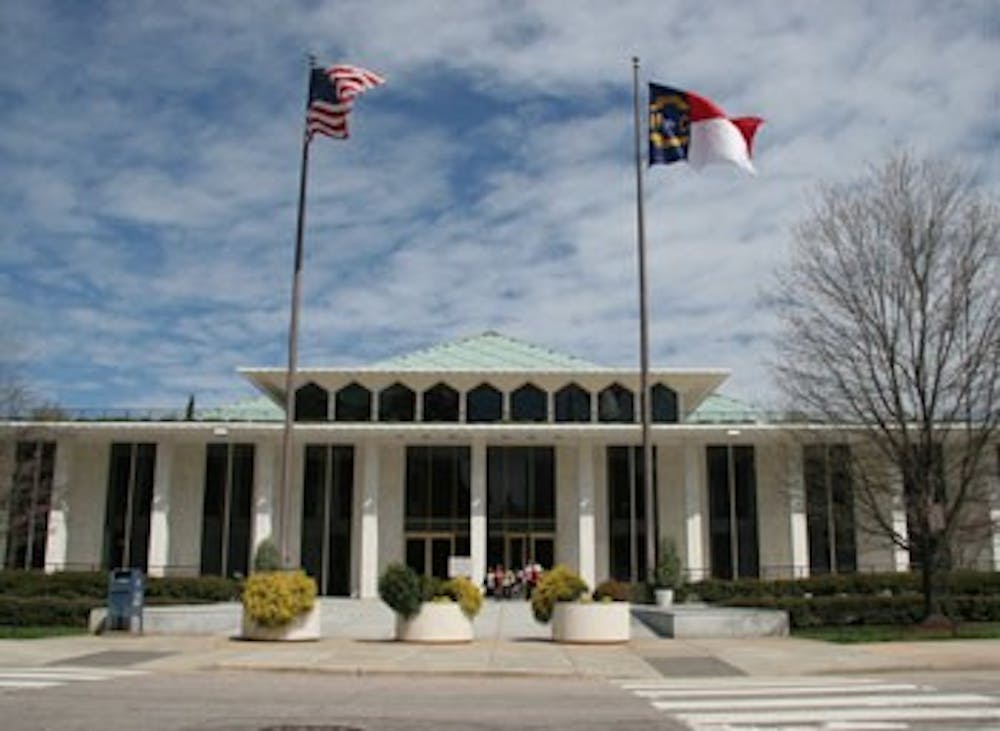Primary season is upon us here in North Carolina, and many will head to the polls on May 17 to nominate candidates for hundreds of offices up for election in the fall.
Among the vacancies is an open Senate seat; incumbent Republican Richard Burr is set to retire at the end of this year.
Polling among Democrats has shown that though many remain undecided, former state supreme court justice Cheri Beasley is the favorite pick among voters. The Republican field is much more crowded, with GOP voters divided between the Trump-endorsed Rep. Ted Budd, former governor Pat McCrory and former Rep. Mark Walker. The campaign has been characterized by mudslinging and accusations of disloyalty to conservatism amongst the candidates.
Despite the bitterness of this primary campaign, it does not hold a candle to the pure rage that metastasized during the 1950 Democratic primary for that year’s Senate election.
Like all states in the South at the time, North Carolina was a one-party state. The Democratic Party held a grip on state power. By that time, a Republican had not been elected to statewide office in half of a century, so the true election happened in the Democratic primary. The main contenders for the Democratic nomination in the 1950 race were conservative Raleigh lawyer Willis Smith and the liberal incumbent Dr. Frank Porter Graham.
Starting his career in North Carolina as an associate professor of history at UNC, Graham ascended through the faculty ranks to eventually become the UNC System’s president in 1930. His presidency was characterized by his liberalism; he rebelled against conservatives in the state government by allowing Black figures like Langston Hughes to speak at the University and overturned the medical school’s cap on Jewish students in 1933.
Throughout his tenure, he would sign his name onto a number of liberal and left-wing causes, including the Southern Conference for Human Welfare, a pro-integration group he spearheaded from 1938 to 1948. During the administration of Franklin D. Roosevelt, Graham served as a member of the War Labor Board and later served on President Harry S. Truman’s Committee on Civil Rights.
While Graham served as a figurehead of the liberal wing of the North Carolina Democratic Party, Smith represented its right flank.
Speaker of the North Carolina House of Representatives during the early years of The Great Depression, Willis Smith was a highly successful lawyer and served as the head of the American Bar Association at one point. After the Second World War, he served as an observer at the Nuremberg Trials and served on President Truman’s Amnesty Board, reviewing the cases of draft dodgers. As a lawyer, he represented major life insurance companies, banks, railways and industrial firms. In counterbalance to Graham’s liberal views, Smith’s supporters saw in him a figure who would defend “traditional southern values.”




